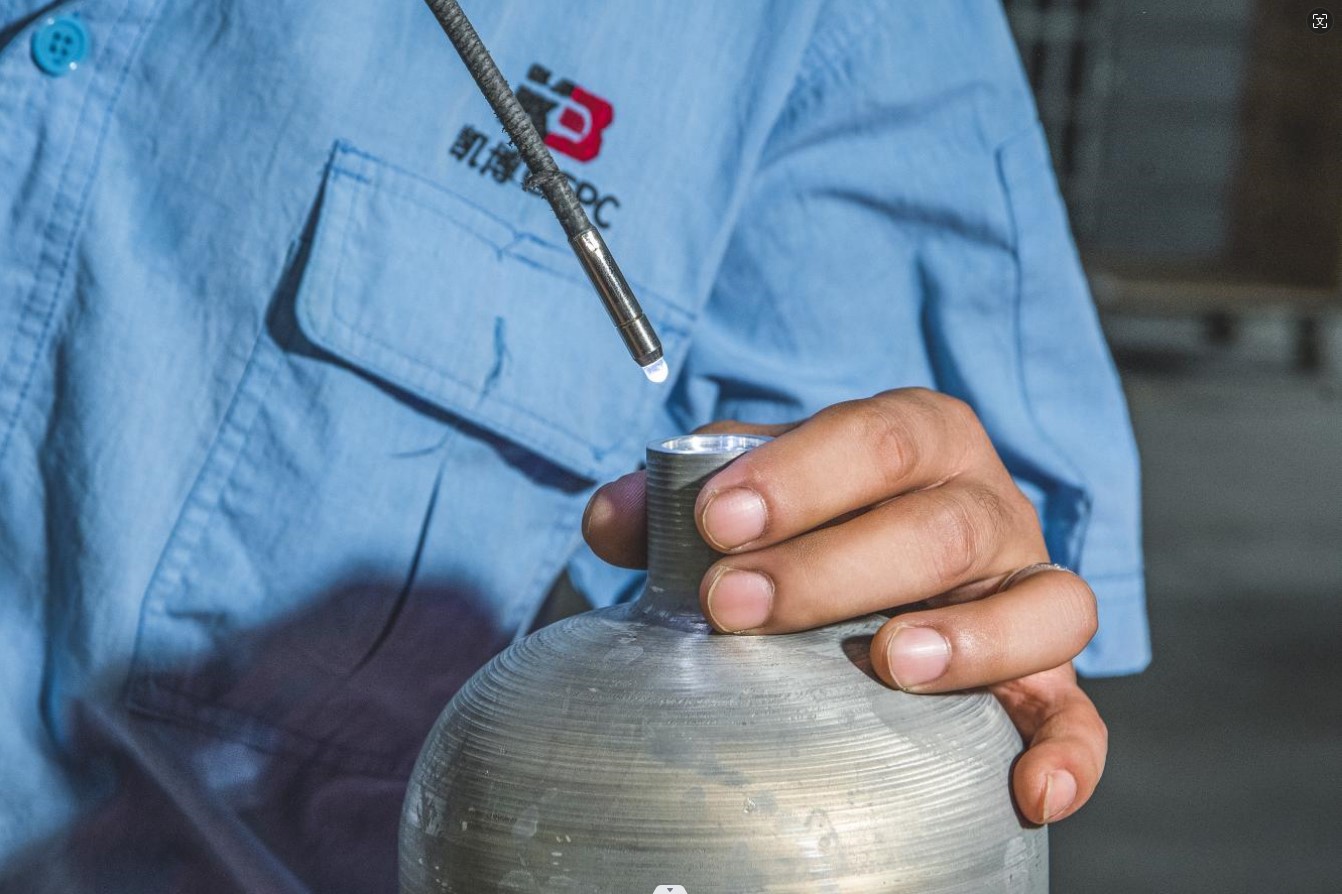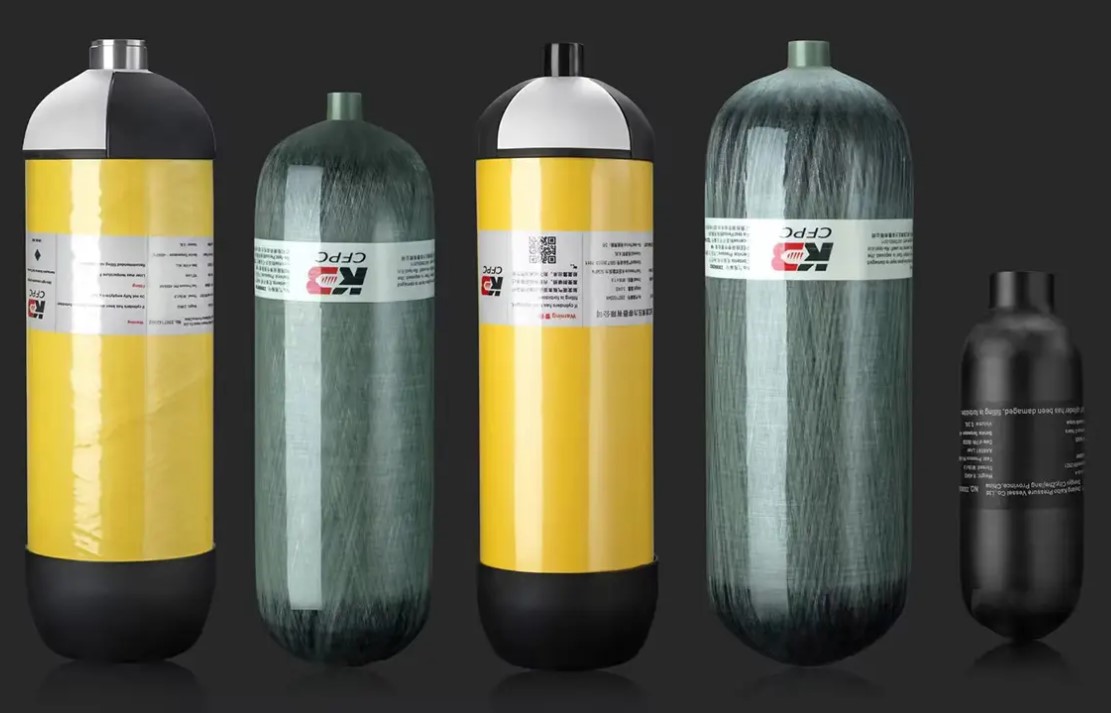High-pressure cylinders, particularly those crafted from carbon fiber composites, are essential components across various industries and applications. From firefighting and rescue operations to industrial gas storage and recreational activities like scuba diving, these cylinders must be reliable and safe under all circumstances. This reliability is achieved through stringent maintenance protocols and regular testing. This article explores the nuances of cylinder maintenance, testing procedures, the physical and mechanical aspects of these cylinders, and the regulatory frameworks that ensure their safe operation worldwide.
The Critical Role of Carbon Fiber Cylinders
Carbon fiber composite cylinders are renowned for their superior strength-to-weight ratio, making them a preferred choice in high-pressure applications. Unlike traditional steel cylinders, carbon fiber cylinders offer reduced weight, increased mobility, and excellent resistance to environmental factors. This makes them especially beneficial in situations where agility and endurance are crucial, such as in rescue missions or when transporting gases over long distances.
Advantages of Carbon Fiber Composites
The choice of carbon fiber as a primary material for high-pressure cylinders stems from its unique properties:
-Lightweight: Carbon fiber composites are significantly lighter than steel, reducing the overall weight of the equipment and enhancing portability.
-High Strength: These composites can withstand high pressures without compromising structural integrity, providing a safe storage solution for various gases.
-Corrosion Resistance: Carbon fiber is naturally resistant to corrosion, increasing the lifespan of cylinders used in harsh environments, such as those exposed to saltwater in marine applications.
-Fatigue Resistance: The composite structure resists fatigue, making carbon fiber cylinders ideal for applications with frequent pressure cycles.
Understanding Cylinder Testing and Maintenance
To ensure the operational safety and efficiency of high-pressure cylinders, comprehensive testing and maintenance are necessary. These processes focus on assessing the structural integrity of the cylinders, identifying any potential weaknesses or damage that could lead to failures.
Hydrostatic Testing
Hydrostatic testing is a fundamental procedure used to evaluate the safety and durability of high-pressure cylinders. This test involves filling the cylinder with water and subjecting it to pressures higher than its standard operating level. By doing so, any expansions, deformations, or leaks that might occur under normal usage can be detected.
Purpose of Hydrostatic Testing:
-Detecting Structural Weaknesses: By applying high pressure, this test helps identify micro-cracks, material fatigue, or structural anomalies that might not be visible externally.
-Ensuring Elasticity and Strength: The test measures the elasticity of the cylinder to confirm that it can safely endure the pressures it was designed to handle.
-Verifying Repair Efficacy: For cylinders that have undergone repairs, hydrostatic testing ensures that the repair has restored the cylinder to its original safety standards.
Visual Inspections
Visual inspections are equally critical in the maintenance regimen, focusing on identifying any visible signs of wear and tear, surface damage, or corrosion.
Techniques for Visual Inspection:
-External Examination: Inspectors look for dents, abrasions, or other surface irregularities that might compromise the cylinder’s integrity.
-Internal Inspection: Using borescopes and other tools, inspectors check for internal damage that could indicate problems such as corrosion or material breakdown.
-Surface Contamination Checks: Ensuring there are no contaminants on the cylinder’s surface that could weaken the material or affect the gas contained within.
Frequency of Tests and Inspections
The frequency of cylinder tests and inspections varies depending on regulations and the cylinder’s application. Generally, hydrostatic testing is required every five to ten years, while visual inspections are conducted annually or biannually.
-United States (DOT Regulations): The Department of Transportation (DOT) specifies testing intervals in their regulations, particularly under 49 CFR 180.205, where hydrostatic tests are mandated every five or ten years based on the cylinder type and material.
-European Union (CEN Standards): In Europe, standards like EN ISO 11623 govern the periodic inspection and testing of composite cylinders, outlining specific guidelines for maintaining these vital components.
-Australia (Australian Standards): The Australian Standards Committee has laid down protocols under AS 2337 and AS 2030, detailing the testing and maintenance requirements for gas cylinders.
Physical and Mechanical Perspectives on Cylinder Maintenance
From a physical and mechanical viewpoint, high-pressure cylinders endure significant stresses throughout their lifespan. Factors such as pressure cycling, temperature variations, and physical impacts can degrade the material properties and structural integrity of these cylinders over time.
Importance of Regular Maintenance
Regular maintenance helps address these issues by:
-Monitoring Material Degradation: Cylinders experience wear from constant pressure changes. Regular checks help detect early signs of material fatigue or weakening.
-Preventing Failures: Identifying potential points of failure before they lead to accidents or operational downtime is crucial, particularly in critical applications like firefighting or industrial gas storage.
-Extending Lifespan: Proactive maintenance ensures that cylinders remain functional for longer, optimizing the return on investment and ensuring continuous safe operation.
Carbon Fiber Cylinder Specifics
The advanced material properties of carbon fiber cylinders add another layer to maintenance protocols. These cylinders require:
-Surface Integrity Checks: Given their lightweight nature, ensuring that the composite layers remain intact without delamination is essential.
-Pressure Cycle Analysis: Continuous evaluation of the cylinder’s performance over numerous pressure cycles helps determine the remaining life and safety margin of the cylinder.
Regulatory Landscape and Compliance
Adherence to local and international regulations is vital for ensuring the safe operation of high-pressure cylinders. Regulations provide guidelines on the types of tests required, the qualifications of testing facilities, and the documentation needed for compliance.
Key Regulatory Bodies and Standards
-DOT (United States): Oversees the safety and testing protocols for cylinders used in transportation and storage, ensuring they meet the necessary safety criteria.
-CEN (European Union): Develops standards like EN ISO 11623, which dictate testing procedures for high-pressure composite cylinders.
-Australian Standards: Regulates the testing and operational requirements for gas cylinders in Australia, ensuring consistency and safety across applications.
Importance of Compliance
Compliance is not just about meeting legal requirements but also about ensuring safety and operational efficiency. Non-compliance can lead to significant safety risks, legal repercussions, and potential financial losses due to accidents or equipment failures.
Conclusion: The Path Forward for Cylinder Safety
Maintaining high-pressure cylinders, particularly those made from carbon fiber composites, is an ongoing commitment to safety and reliability. By adhering to rigorous testing schedules and maintenance protocols, users can ensure that these essential components operate safely and efficiently. The regulatory standards set by international bodies guide these practices, emphasizing the importance of compliance in protecting both equipment and personnel.
In the ever-evolving landscape of high-pressure applications, carbon fiber cylinders represent a blend of advanced technology and practical safety, setting a benchmark for performance and reliability. As industries continue to innovate, maintaining the integrity and safety of these cylinders will remain a cornerstone of operational success and safety assurance.
Post time: Jul-29-2024


